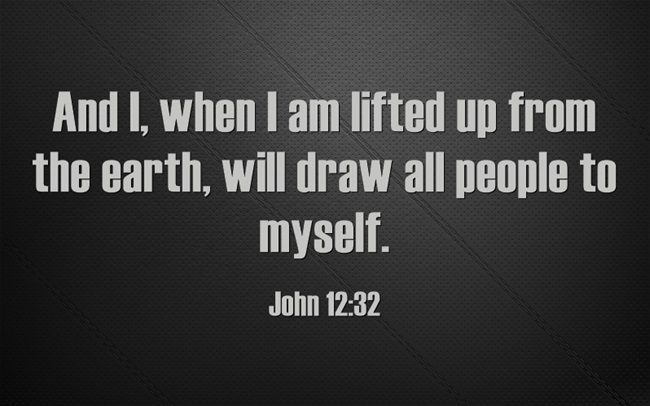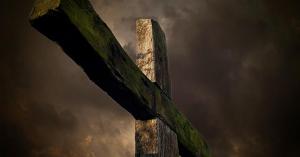What is the purpose of a church steeple? Is it purely aesthetics or is there a specific purpose behind them?
Buildings and Communities
Today churches are being put more and more on the fringe of cities. They are being pushed out of downtown sections. In my history classes in college I once heard that the tallest buildings in the community were what the community valued the most. For centuries, in most cities, it was the church steeple that was tallest. Today, in many of the communities in the state in which I live, the grain elevators are the tallest buildings and so this seems to show that the focus in these many towns in Kansas is the wheat harvest. Their whole economy often lives and dies by farming. Today, in most cities, the tallest buildings are reserved for banks and businesses, reflecting what we value the most in these cities but it also reflects who has the most money.
The traditions of Steeples
One thought is that the vertical lines of the steeple helped to visually enhance the lines of the church, directing the viewers’ eyes vertically to the heavens and to God and thus, help to keep us in a heavenly frame of mind coming into worship. Some architects believe that the taller the building is the more graceful and elegant it becomes. Even the use of stained glassed windows were there to tell stories since in the early church, few could read and write, so the images on the stained glassed windows told stories in the Bible without using words. Some steeple’s purpose might be to house the church bells and the higher the steeple, the farther the bells would be heard. For the sound of the church bells to be heard, the steeple had to rise above all the other buildings in the town so that the sound wouldn’t be obstructed. These church bells were useful for community emergencies like fires but also served as town halls for the community to meet in and the bells made it easy to find the church and the height of the steeple allowed people to see where the church was at, even if they were new to town.
Church Steeple History
Steeples traditionally were topped with a cross, a weathervane, or a decorative piece but some also contained clocks so that the community could see when services started. Originally, from the time when reliable clocks were either not around or they were too expensive, but some churches had clocks, some had bells, but almost every church in early America had steeples. Tall steeples were also believed to inhibit evil spirits from entering the church which many Christians believed plagued church buildings. Even the extremely steep roofs, sharp steeples and gargoyles were added to churches in great numbers by parishioners hoping to drive away evil creatures. The thinking was that as difficult to inhabit as they were, they hoped it would drive away evil creatures but mostly, church steeples were built to house bell towers so churches could ring the bell when it was time for worship and everyone could easily hear them from miles around. The church steeple is for this and aesthetics purposes but lastly, the fear of evil spirits.
Conclusion
The bells called us to worship, the steeple told us where worship was, and the verticality of the churches directed our attention upward toward God as we entered the church for worship services and may have originated in Europe. Even though there are many different ideas about the origins of church steeples, today it is still easy to spot a church from a fairly long distance. The distinct church steeple still directs our attention upwards and the end result, hopefully, will be that we are drawn to God and as Jesus said “And I, when I am lifted up from the earth, will draw all people to myself” (John 12:32). The cross atop many a steeple is still drawing people to Christ.
Article by Jack Wellman
Jack Wellman is Pastor of the Mulvane Brethren church in Mulvane Kansas. Jack is also the Senior Writer at What Christians Want To Know whose mission is to equip, encourage, and energize Christians and to address questions about the believer’s daily walk with God and the Bible. You can follow Jack on Google Plus or check out his book Teaching Children the Gospel available on Amazon.












